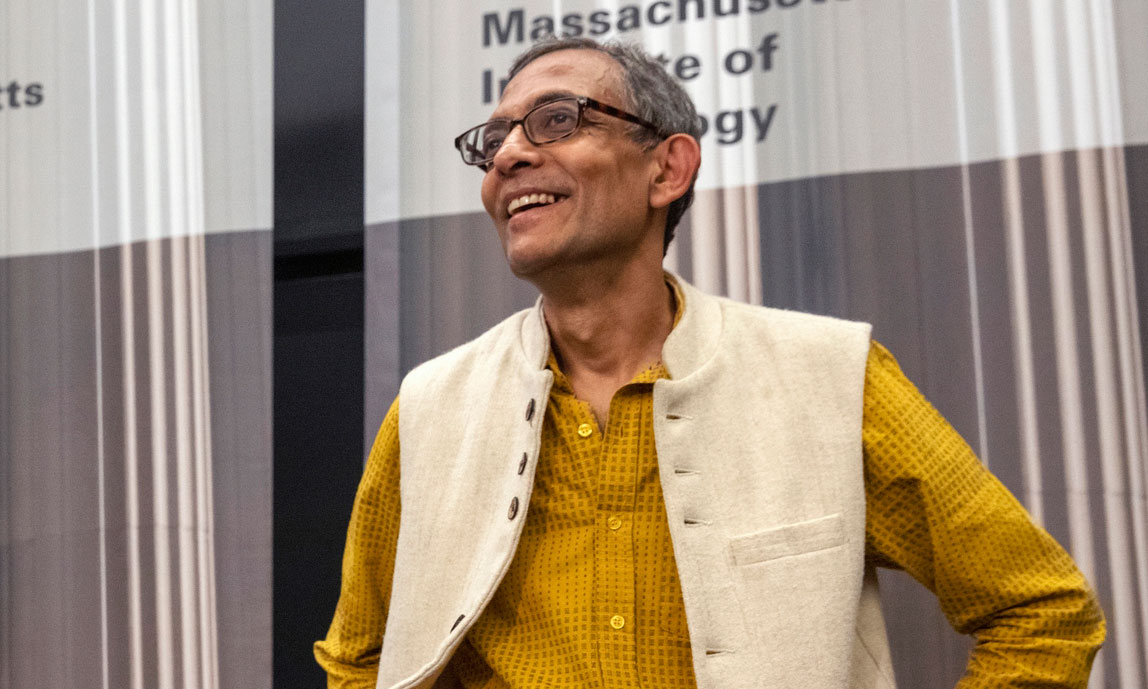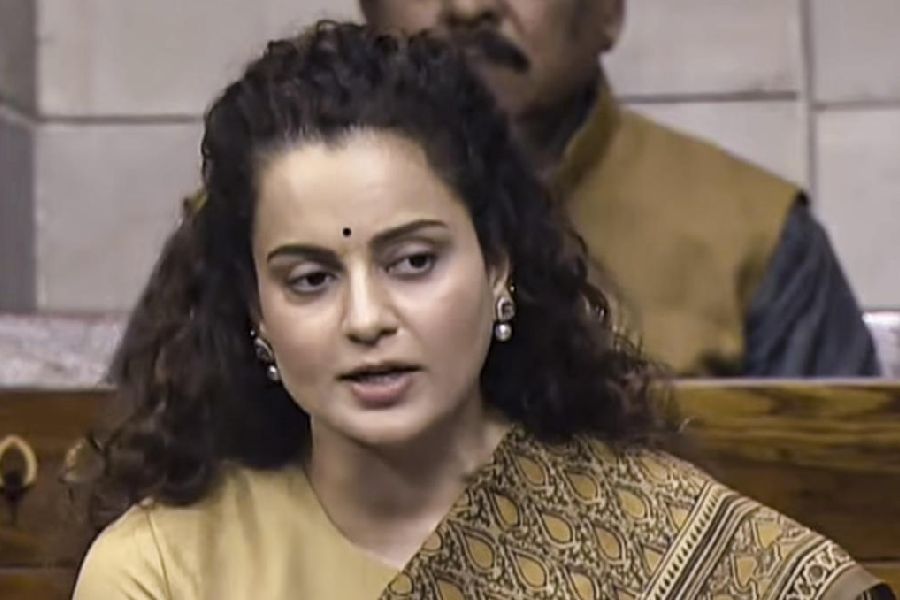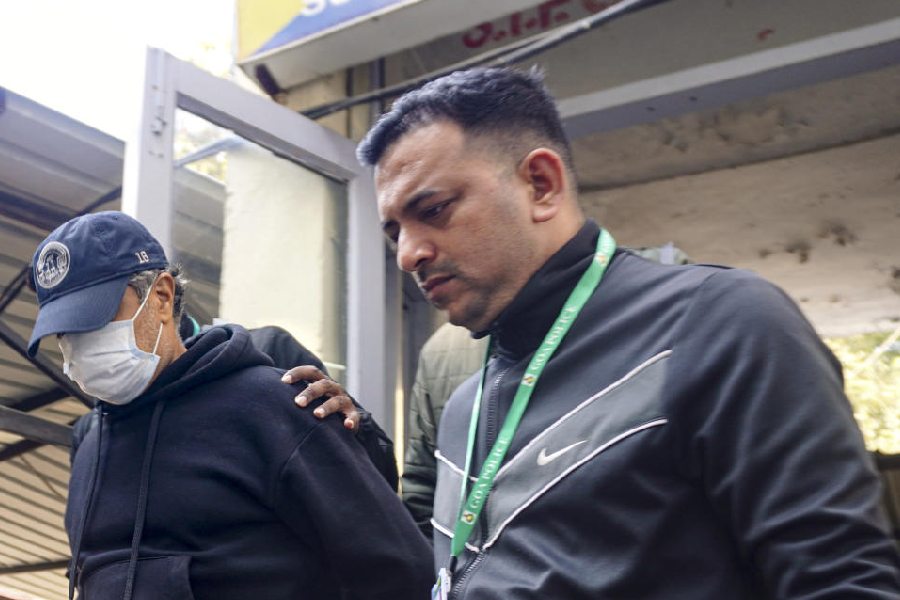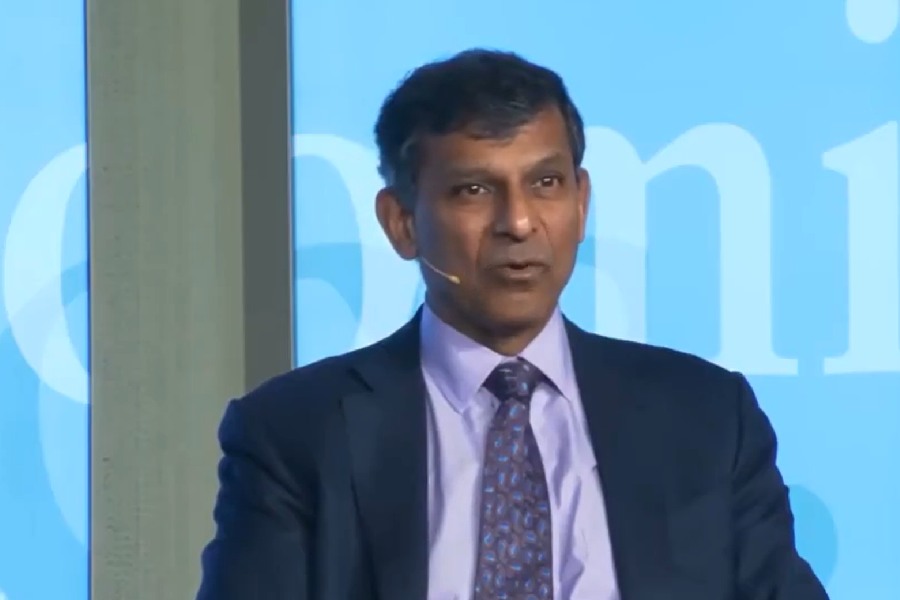Maitreesh Ghatak, professor of economics at the London School of Economics, was elated with the “good news” of Abhijit Vinayak Banerjee —Abhijit-da to him — winning this year’s Nobel Prize in economics. In an interview to Devadeep Purohit, Ghatak, an applied microeconomic theorist with research interests in economic development, public economics and the economics of organisations, threw light on Banerjee’s work, its novelty, its possible use in policy-making in India and his association with the laureate since his days in Harvard.
Were you among those who were more or less convinced that Banerjee was all set to get the Nobel?
Maitreesh Ghatak: Yes, I think it was generally expected that there will be a Nobel Prize for RCTs (randomised controlled trials) at some point and when that happens, Abhijit-da will get it along with Esther Duflo and Michael Kremer. The only surprise is the timing — the general expectation was it was going to be a few years before it happened. Not only is Esther (46) the youngest Economics Nobel Prize winner (Kenneth Arrow who won it at the age of 51 was previously the youngest economics laureate), the average age of the three recipients is 53, which too is quite low. However, if you look at the citation of Abhijit-da’s work, his most cited work is his theoretical work on information economics which he did as part of his PhD.
Also, some of the theoretical work he has done on wealth distribution dynamics and occupational choice too is heavily cited. It is possible that he could have won it for these strands of work as well.
You said you were sure that the Nobel committee would recognise the field of RCTs. Will you explain the reasons?
From a merely simple but promising idea in the mid-1990s, RCTs now have become one of the main tools used in empirical work in development economics and in related fields. In a span of 20 years or so, it has changed the face of development economics as a field and also led to a paradigm shift in development policy evaluation. The World Bank and many governments and large NGOs now insist on randomised control methods wherever feasible. It shows the power of ideas and also the importance of implementing them in a way that actually can affect policy, and touches people’s lives. It is very rare to see an idea have such an impact both within the academic world and in the policy world, and so it was on the cards that at some point there was going to be a Nobel Prize for it.
Your thoughts on contributions by Banerjee to the field of RCT?
Abhijit-da, Esther Duflo and Michael Kremer have been jointly leading the RCT movement within development economics, along with several others. One of the interesting implications of RCTs is that these projects tend to be large-scale, often involving many co-authors. Therefore, it is hard to separate the contribution of any one of them. Knowing him well and having worked with him, Abhijit-da must have contributed heavily in the conceptual aspects of RCT methodology as well as his broad vision about what policies are potentially important for development.
Tell us about your association with Banerjee since your student days in Harvard….
Abhijit-da was my teacher at Harvard. Attracted by the kind of original research he was doing and his inspiring teaching, I chose him to be my supervisor, and it is my good fortune that he agreed. Since then, we have written several research papers together, as well as many essays relating to policy issues in West Bengal and India. Most recently, he edited a volume on policy challenges facing India with Raghuram Rajan, Gita Gopinath and Mihir Sharma (What the Economy Needs Now, Juggernaut Books), and I was one of the contributors.
Abhijit-da is one of the most original thinkers that I know of — for any problem, he has a way of coming up with a new angle which seems odd at first, but then seems like the most obvious way to approach the problem. I certainly owe my approach to research due to Abhijit-da’s mentoring. He is incredibly generous with his time to his students and one can see this from the many successful students he has produced. He also has very high standards of excellence and even now when I start on a new project, I do think of what would Abhijit-da say (and sometimes, I do ask him directly!)
As an economist, why do you consider Banerjee’s achievement “good news”?
It is good news because poverty and climate change are some of the key problems we face and so rewarding any research that has to do with improving the design of anti-poverty policies is a good thing in my view. In the end, the goal of economics is to understand the world around us better and to improve certain aspects of it, and this research agenda fits that bill perfectly.
How can Indian policy-makers benefit from his work?
I think the most important lesson from the work of Abhijit-da and his colleagues on RCTs is the importance of evidence. To paraphrase Marx, theorists have interpreted the world in various ways, but the point, however, is to improve it and for that, one has to go beyond ideology and other pre-conceptions and rely on evidence. In the Indian context, some of the major policy shifts such as GST implementation was done without first testing the waters (with demonetisation one could argue that surprise was an inherent part of the policy, whether one agrees with it or not).
Also, I think another important aspect that comes of this research agenda is to take a bottom-up rather than top-down approach. The same policy may not work equally well everywhere or for everyone in the same place. Only evidence can help improve effectiveness of policies by making them better suited to the specific needs of an area or a group of people. This is very different from the top-down, one-size-fits-all approach.










